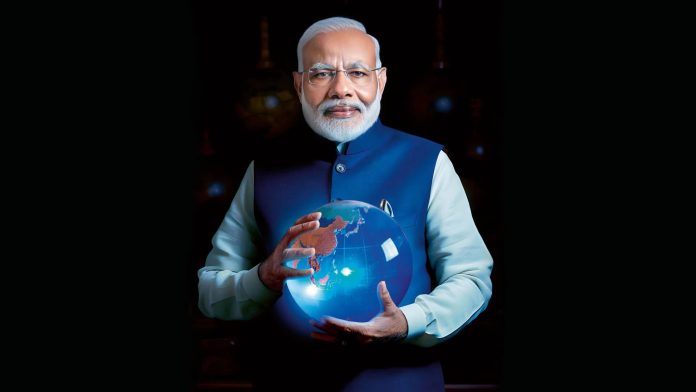- As often mentioned by the Prime Minister of India, the nation is not only aspirational in looking forward to being recognized at par with the top-performing economies in the world but also to be counted among the most developed nations in the coming decades. The power of the nation is directly proportionate to its economic heft in the global scheme of things and needs no further elaboration. To gain traction, and power, as well as voices to be heard with rapt attention globally, the Indian establishment must strive to ensure the economy grows at a faster clip by forging trade alliances using bilateral and multilateral economic forums. Of course, before going global, maintaining a friendly relationship with the neighboring countries also assumes importance.

PC: India Today
- The moot point to ponder over here is whether the current dispensation at the Centre is pragmatically addressing this crucial aspect. Let’s delve deep to understand the same. The reminder that border management is a tough job for the Union Government came again when China hosted Bhutan’s foreign minister last week. The two sides reportedly resolved to settle their boundary dispute soon and establish diplomatic relations. One of the disputed areas here is Doklam, located at the trijunction of India, Bhutan, and China. So, there are security ramifications for India vis-à-vis its sensitive Siliguri Corridor. India did intervene to halt the unilateral construction of a Chinese road in Doklam resulting in the 2017 standoff.
- But since then, China appears to have used its old salami-slicing tactics to pressure Bhutan. As reported, satellite images last year showed a Chinese village had come up 9km east of Doklam within Bhutanese territory. A second Chinese village was also on the verge of completion in Bhutan’s Amu Chu River Valley. These encroachments appear to have been designed to show Thimphu the futility of resisting Beijing. All of this comes against the backdrop of India’s standoff with China along LAC. Despite the 20th round of corps commander-level talks this month, there has been no breakthrough in resolving problems in eastern Ladakh. Add to this the clashes between Indian and Chinese troops at Yangtse in Tawang means the entire LAC remains hot.

PC: newstrack
- Meanwhile, another border issue becoming more than an irritant for regional relations is the India-Nepal one. Ever since Kathmandu published a new political map in 2020 showing the areas of Limpiyadhura, Kalapani, and Lipulekh as part of Nepal, the political leaderships of the two countries have failed to resolve the dispute. Not expediting foreign secretary-level and border working group talks on the matter is creating distrust between New Delhi and Kathmandu and giving a handle to anti-India forces in Nepal. Thus, the lesson for India is clear: boost border infrastructure to counter China’s designs and resolve border issues with other neigbours before they become bigger problems down the road. This should be accorded topmost priority.






